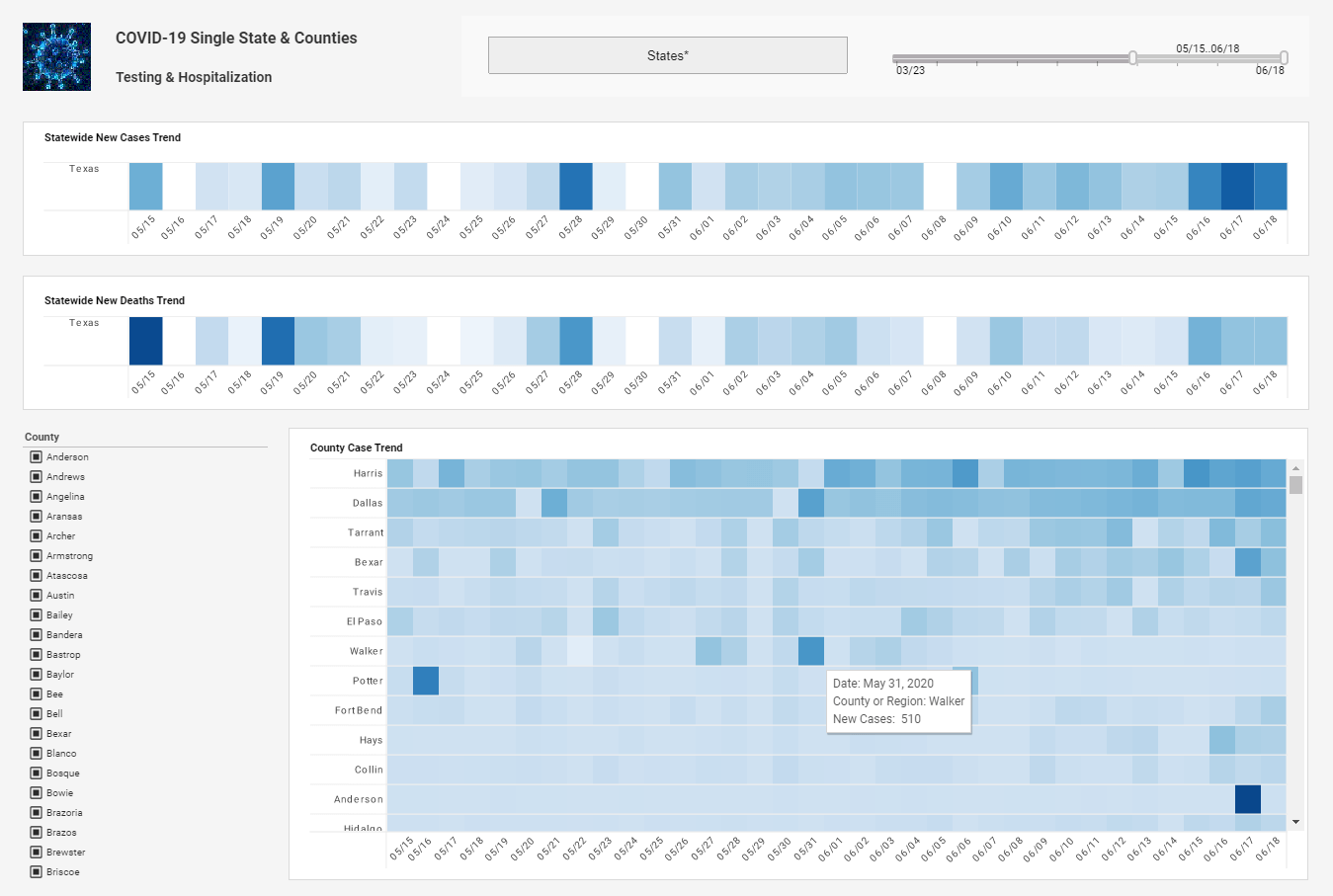InetSoft Webinar: Exploration Tool or Visualization Tool
This is the continuation of the transcript of a Webinar hosted by InetSoft on the topic of "The Evolution from Information Publishing to Insight Discovery and Analytics." The speaker is Mark Flaherty, CMO at InetSoft.
And when you look at these BI vendors, the other thing is that they see this as an addition to your environment. You have reporting and dashboards, and on top of it you get this exploration tool or this visualization tool which you add to that environment.
To some extent you do want that. But the reality is that the interfaces and the expectation of users are morphing. Phones, apps, and websites, all these things are changing the expectation of instantaneous interaction and the ability to explore which means that you’re actually probably going to replace that reporting interface with something completely different for these people because the new BI tools and architectures are turning away from the publishing model, not continually perpetuating it.
And what that means for you if you are on the receiving end of what the vendors give you is that you have to look hard at the tools to support different people and start to develop more detailed usage scenarios because there are people that will take a fixed report and do nothing more than that. There are other people who will analyze and explore, and they need interactive capabilities and not a design/execute/view model.
| #1 Ranking: Read how InetSoft was rated #1 for user adoption in G2's user survey-based index | Read More |
So, you have to look at the total product offering, and how well it integrates, and the kinds of people who are being supported, and at what levels are some people being constrained by their tools. Some end users are doing what they’re doing today and not using the BI environment because the environment doesn’t work the way they need it to work. So the adoption of BI remains low. But if you gave them a new tool that had a better interaction in it they would suddenly become your power users.
And one thing that’s been really interesting within the business intelligence market is what analysts have been describing as a new type of business intelligence emerging where vocal demand and influential business users are actually starting to drive BI purchasing decisions. And then they go a little bit further to say not only are these users driving purchasing decisions, but they’re doing so with or without IT’s consent. In other words, the demand for these tools is so great from its users that they often adopt them on their own without looking into the formal acquisition process involving IT. And that’s obviously a fascinating change.
One thing I’m interested in is really first of all, who are these users that are driving this change? What is this discovery that they’re doing? How will this affect your business in particular? We should start really by thinking about this new consumer. Who is the new consumer? And I think about this new consumer who is becoming the new player in the workplace, especially the business intelligence workplace, as really coming from four different backgrounds. Four different technological aspects are affecting these users.
And the first one I’d like to talk about is search. And the reason I think search is interesting is because it is the remarkable experience which has really changed the way in which people use, for example, the internet. But also, it’s probably the biggest way in which our relationship with information has changed.
Read what InetSoft customers and partners have said about their selection of Style Scope for their solution for dashboard reporting. |
A search is great for a couple of reasons. It’s extremely fast. All of these companies like Google and Baidu, and every other search company, they put tremendous effort, tremendous research into returning results quickly because they need you to be in that zone where you feel like you’re in control of that information, and that you can follow your instincts. You can follow the paths which that information leads you.
There’s a whole area of research called information foraging. And information foraging takes the basic premise of the idea that what you do when you search is very similar to what, for example, a hunter-gatherer would do when a hunter-gatherer is searching for food. Just in the same way that we follow the tracks of an animal that is running around looking for food so is the same way we follow the tracks of information sent when we’re looking for information.
And so, you need the ability to interact with that information quickly and to be able to follow our instincts and to be able to follow the hypotheses that we have. It’s very important also to be able to regroup after we haven’t found what we’re looking for. Search engines put a lot of effort into providing the information scent that allows these information hunter-gatherers to find the information that they’re looking for.
| Previous: Building an OLAP Cube for Analysis Services |



